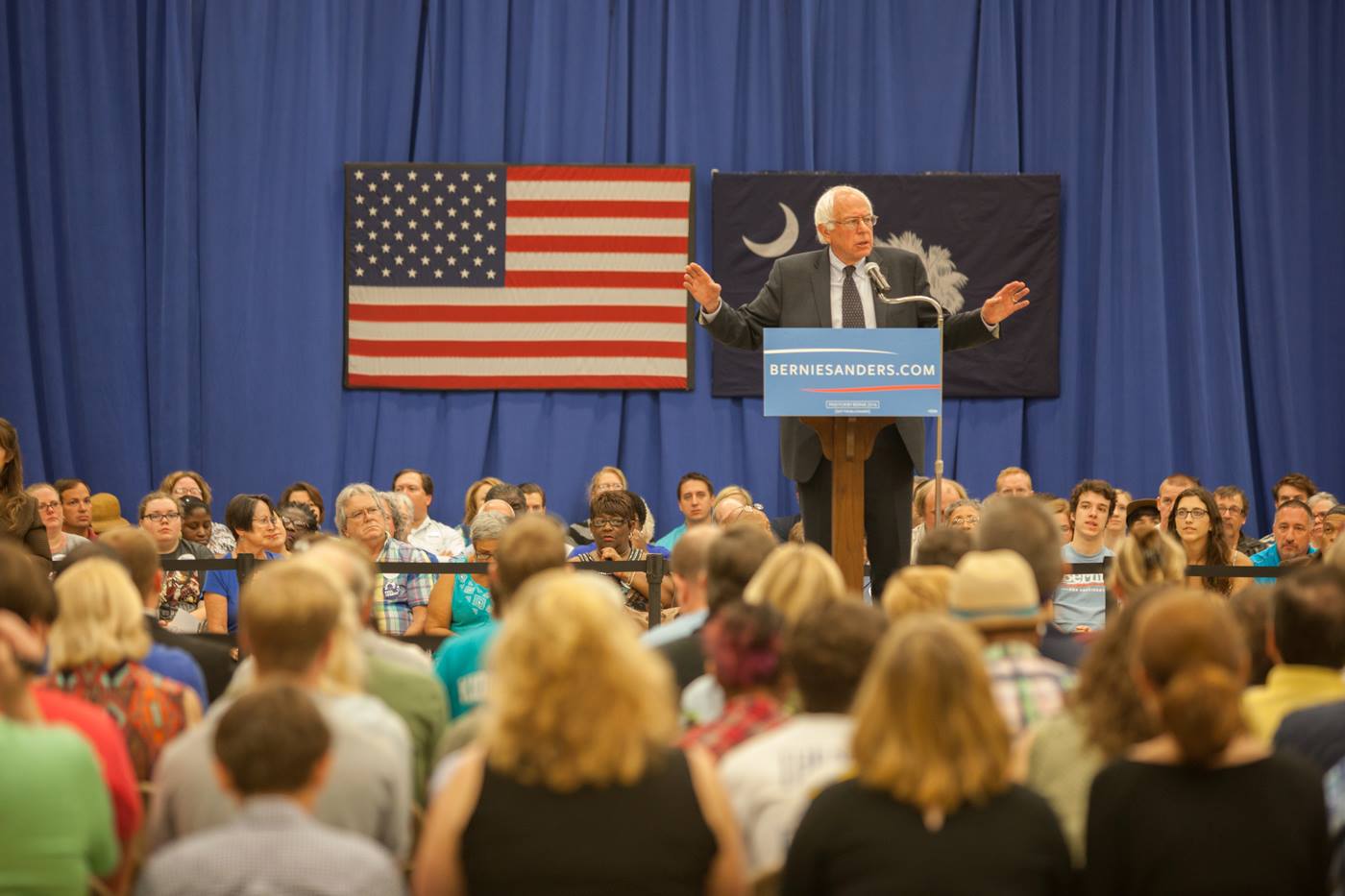The South Carolina primary looms as Sanders’ toughest test yet, but his surging support with black voters could just get him over the line.
A huge win for Hillary Clinton in 2016 cemented her front runner status, but this time around Sanders is the frontrunner and takes momentum in. And he’s now ahead nationally with black voters, a group who make up a majority of the South Carolina Democratic electorate.
Winners in South Carolina have traditionally won big, largely off picking up significant African-American support. Clinton won by around 47 percent with around 80 percent of the black vote in 2016, whilst in 2008 Barack Obama won by nearly 30 percent, again with around 4 in 5 black votes.
However, demonstrating the winner of South Carolina does not always go on to win the nomination, John Edwards won by around 15 percent in 2004, one of only two states (Georgia being the other) he won. Sanders performed better with white voters last time, picking up 46 percent of the vote; however it’s difficult to say where this constituency will go this time given the larger number of options.
Polls in the state have generally shown Joe Biden with a slight edge, polling at an average 30.5 percent, however Sanders has trended up steadily, to around 23 percent. The biggest unknown quantity is Tom Steyer, who has invested heavily in the state; he has bounced around in the polls, but should poll at least in the low teens.
Some key areas to watch are:
- South Carolina voters are much more spread out, however two key areas will be Richland County, centred on the capital Columbia, and Charleston County. Clinton won big with 75 percent in Richland last time, but Sanders performed better than the state average in Charleston, with 35 percent of the vote
- He will also be hoping his vote holds up in whiter areas of the state, such as Pickens County, where he had his best performance, with 44 percent, and other counties such as Oconee and York near the Georgia and North Carolina state lines where he performed best last time
- Sanders advantage with Hispanic voters won’t be a huge advantage in South Carolina where they only make up around 5 percent of the population, though may give him a small boost in counties such as Greenville (8 percent)
Final analysis
South Carolina occupies a strange place in the cycle, just 3 days before Super Tuesday, and so is less of a make or break contest than others in February. However, Sanders poor showing last time did hurt him.
This time around however, Sanders has made strong inroads with African-American voters, and the significant ad spend by Tom Steyer has also taken some of this group away from Biden. Biden is likely to be the winner, but a strong second place showing with a vote in the mid 20s will be as good as a win for Sanders going into Super Tuesday.



